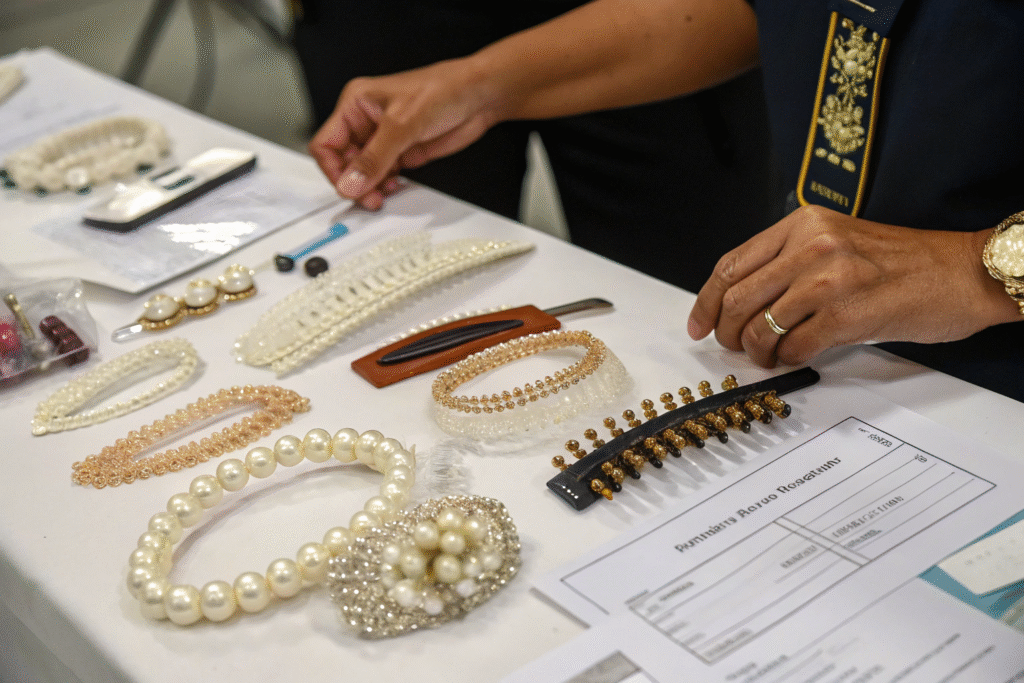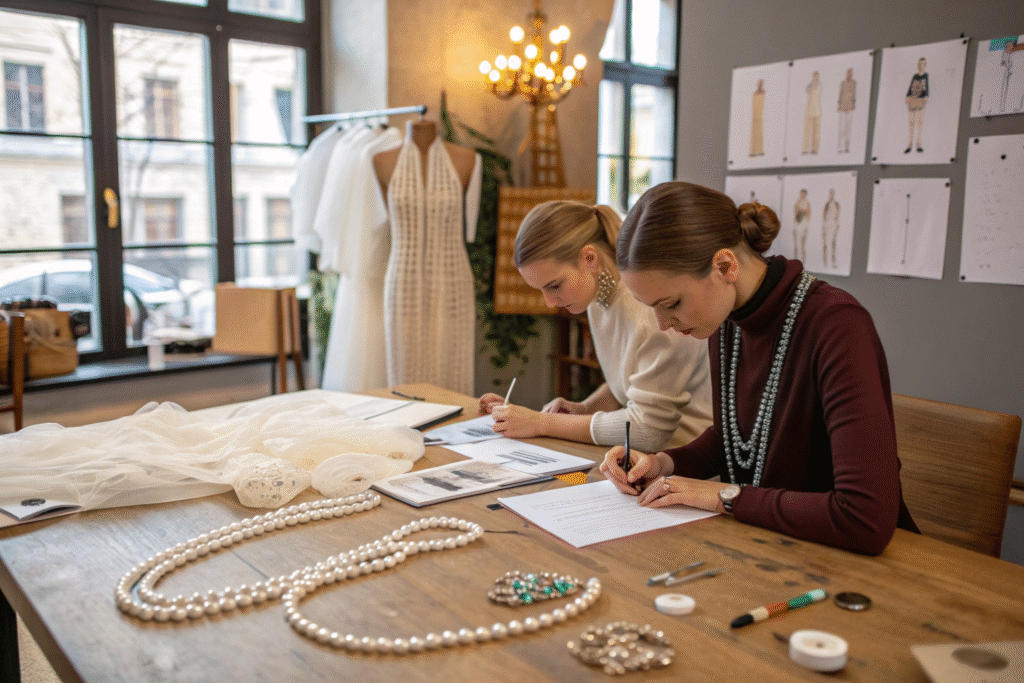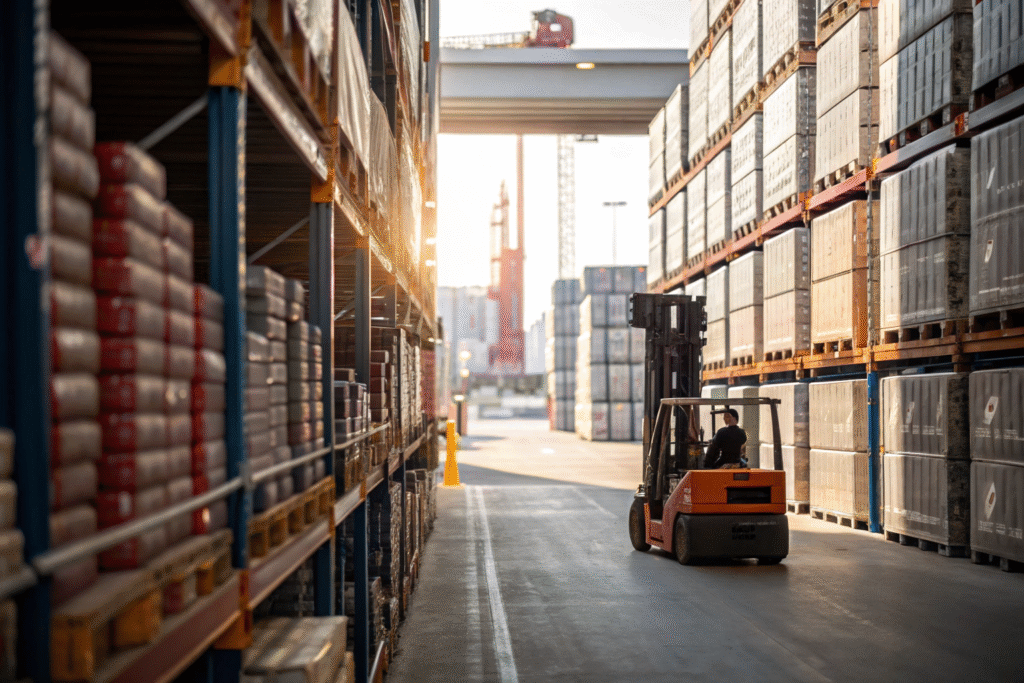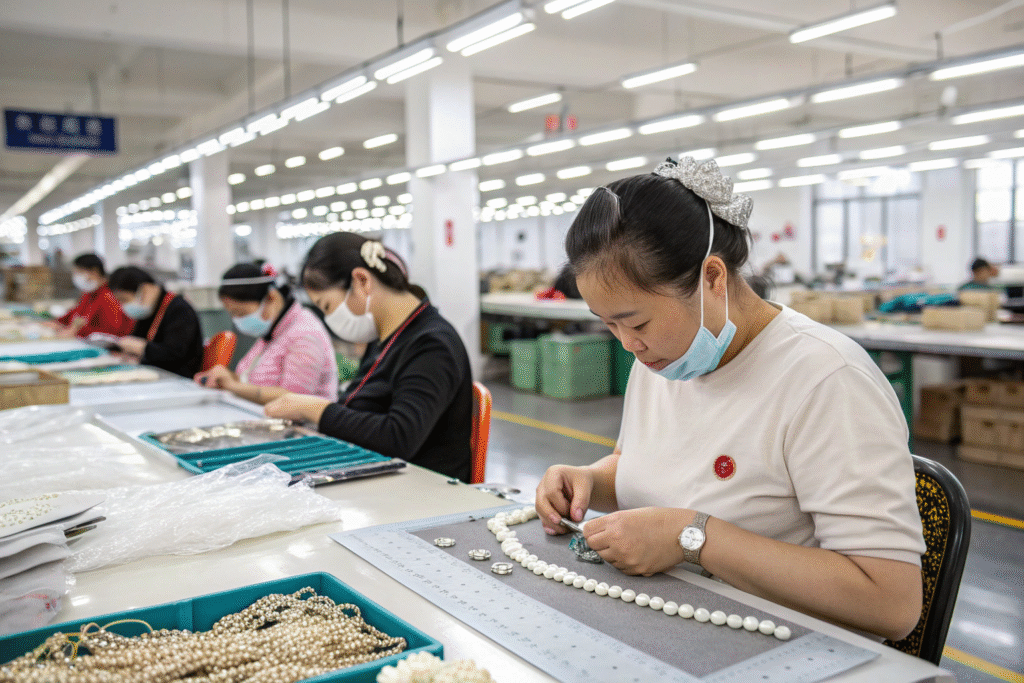In the competitive global market, import duties can significantly impact the landed cost of fashion accessories. For many U.S. and EU buyers of hair ornaments, tariffs are an unavoidable expense—unless they explore tariff engineering. As a manufacturer with years of export experience, I’ve seen firsthand how tariff classification strategies can help importers legally reduce duty rates while still delivering the styles their customers love.
Tariff engineering is not about avoiding compliance—it’s about understanding the rules and designing products to meet market and legal requirements while optimizing costs. In this article, I’ll walk you through exactly how factories like ours can help international buyers save on tariffs for hair ornaments without sacrificing quality or speed.
When done correctly, tariff engineering can be the difference between a product line that barely breaks even and one that becomes a runaway bestseller. So let’s explore how it works and why partnering with the right manufacturer is crucial.
Understanding Tariff Classifications for Hair Accessories
Tariff classifications determine the rate of duty for imported goods. The Harmonized System (HS) assigns each product a code that customs authorities use to calculate import taxes. In the hair accessory industry, slight differences in design or materials can place a product in a lower-duty category.
By carefully selecting materials and construction methods, factories can help buyers qualify for more favorable HS codes without affecting the product’s appearance or function. This is the essence of tariff engineering for hair ornaments.

What factors affect the HS code for hair ornaments?
The HS code for hair ornaments depends on factors like primary material, functionality, and intended use. For example, a plastic hair clip might have a lower duty rate than a metal one, while a fabric-covered headband could fall into a textile classification with different tariff implications. Understanding these distinctions allows buyers to work with factories to design products with optimal duty classifications.
Can material substitutions lower import duties?
Yes—sometimes substituting a key material can shift a product into a lower-duty category. For example, replacing certain metals with lightweight plastic or coated resin may reduce tariffs without affecting durability or style. The change might also benefit logistics by reducing weight, which can further cut landed costs. However, these substitutions must be discussed early in product development to ensure design consistency.
Designing for Tariff Advantages Without Losing Style
One misconception about tariff engineering is that it forces buyers to compromise on aesthetics. In reality, factories with strong design capabilities can maintain fashion appeal while optimizing for tariff classifications.
We often help buyers modify non-visible components—such as the base material under decorative elements—to reduce duty rates while preserving the exact look customers expect.

How can hidden construction changes help?
Hidden parts like internal frames, padding, or backing materials often determine the HS classification. For instance, changing the inner core of a headband from metal to reinforced plastic might reclassify it under a different tariff schedule. Customers won’t notice, but the importer could save thousands of dollars annually.
Are there cases where design tweaks add value beyond tariff savings?
Absolutely. Sometimes a change for tariff purposes also improves comfort, reduces weight, or extends durability. For example, a fabric choice that qualifies for a lower tariff might also make a scrunchie softer or more vibrant. In these cases, tariff engineering delivers both cost and quality wins.
Collaboration Between Factories and Importers for Compliance
Tariff engineering requires more than just product tweaks—it’s a collaboration between the importer, the factory, and sometimes a customs broker. Clear communication ensures that all design, material, and documentation decisions align with the buyer’s market regulations.
We always recommend working with a licensed customs broker to confirm classifications before full-scale production. This way, importers can avoid costly misclassification penalties.

What documents are essential for tariff planning?
Key documents include material specifications, product drawings, and HS code rulings. These help both the factory and customs authorities verify that a product meets the intended classification. Having these prepared early in development ensures a smoother customs clearance process.
Can factories assist in customs audits?
Yes. Experienced manufacturers like us maintain detailed production and material records that can support importers during a customs audit. This proactive approach reduces the risk of disputes and keeps shipments moving without delays.
The Long-Term Impact of Tariff Engineering on Profit Margins
While tariff engineering delivers immediate duty savings, its real power lies in long-term profit optimization. When importers consistently apply tariff-aware design principles, they can expand product lines, offer more competitive pricing, and grow market share.
The savings can be reinvested into product development, marketing, or expanding into new regions—all without cutting corners on quality.

How much can importers realistically save?
Savings vary depending on product type, volume, and market. For high-volume items like bobby pins, even a small percentage reduction in duty can add up to tens of thousands of dollars annually. For premium products like handmade tiaras, the savings might be smaller in percentage terms but significant in absolute value.
Does tariff engineering help during trade disputes or tariff hikes?
Yes—factories that are already tariff-aware can respond faster to sudden trade policy changes by adjusting materials or sourcing to keep products competitive. This agility helps buyers avoid unexpected cost spikes and maintain stable pricing in their markets.
Conclusion
Tariff engineering for hair ornaments is not a loophole—it’s a smart, legal, and highly effective way for importers to protect their margins. By working closely with experienced factories, buyers can design products that meet market demands, comply with all regulations, and still qualify for lower duty rates.
If you’re looking to launch or optimize your hair accessory line with tariff advantages in mind, we at Shanghai Fumao are ready to help. Contact our Business Director, Elaine, at elaine@fumaoclothing.com to discuss how we can develop your next collection with both style and savings in mind.









